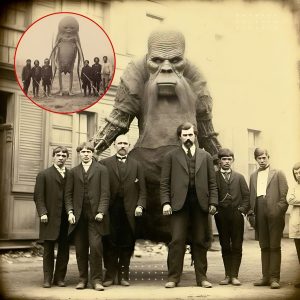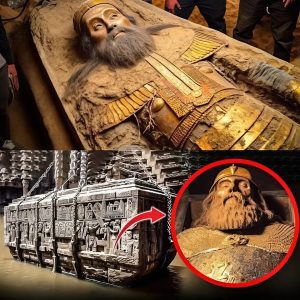
Catalina Island, located off the coast of Southern California, is known for its stunning natural beauty and vibrant marine life. However, beneath its picturesque landscapes lies a mysterious legend that has intrigued historians and archaeologists for decades: the tale of the Catalina Island Giants.

The story of the Catalina Island Giants began in the early 20th century when Ralph Glidden, an amateur archaeologist, claimed to have discovered the skeletal remains of unusually tall individuals during his excavations on the island. Glidden, who conducted his work between 1919 and 1928, reported finding bones of people who stood over seven feet tall, far exceeding the average height of the indigenous Tongva people who inhabited the region.

Glidden’s discoveries, however, were met with skepticism. His methods were often criticized for lacking scientific rigor, and many of his findings were never independently verified. Despite this, the legend of the Catalina Island Giants continued to capture the public’s imagination. Glidden’s private museum, which displayed these purported giant bones, attracted curious visitors eager to catch a glimpse of the ancient past.

In recent years, renewed interest in the Catalina Island Giants has sparked debates among researchers. Some argue that Glidden’s findings, if authenticated, could provide valuable insights into the island’s prehistoric inhabitants and their potential interactions with other cultures. Skeptics, however, maintain that without verifiable evidence, the tales of giants remain firmly in the realm of myth and speculation.






